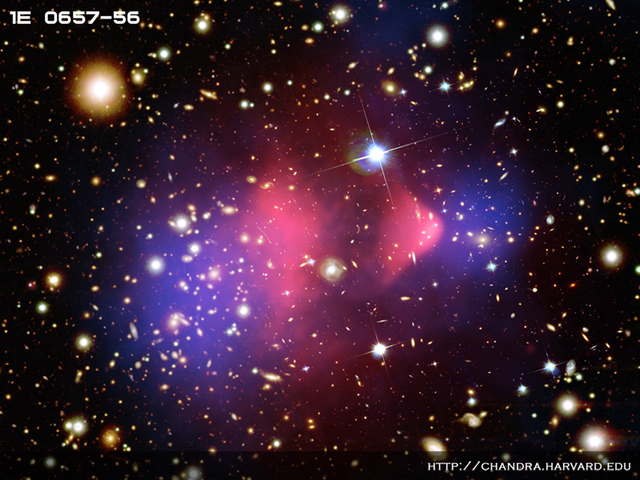We are all familiar with the mesmerizing effect of stars twinkling in the night sky. But have you ever wondered what causes this beautiful phenomenon?
Firstly, let's define what we mean by "twinkling." Twinkling, also known as scintillation, is the apparent variation in the brightness of stars that are observed from the Earth. This variation is caused by the interference of light as it passes through the Earth's atmosphere. As light travels through the atmosphere, it is scattered by air molecules, causing it to change direction. This, in turn, makes the stars appear to flicker or twinkle.
But why does the Earth's atmosphere cause interference? The atmosphere is composed of several layers, including the troposphere, stratosphere, and mesosphere. The troposphere is the layer closest to the Earth's surface and is responsible for weather patterns. It is also the layer that contains most of the air molecules and is the main cause of light interference.
Air molecules are in constant motion, and their movement causes light to scatter in different directions. This is known as atmospheric turbulence. The amount of turbulence depends on several factors, including the temperature, pressure, and density of the air. The variation in air density, caused by temperature and pressure differences, leads to the bending of light as it travels through the atmosphere. This bending causes light from a star to reach the observer in different directions, making the star appear to twinkle.
The altitude of a star in the sky also affects the amount of interference it experiences as light travels through the Earth's atmosphere. Stars that are low on the horizon have to pass through more of the Earth's atmosphere, causing more light interference and resulting in more twinkling. On the other hand, stars that are high in the sky have to pass through less of the Earth's atmosphere, causing less light interference and resulting in less twinkling.
Not all stars twinkle equally. The amount of twinkling depends on several factors, including the brightness of the star, its altitude in the sky, and the size of its image. Bright stars appear to twinkle more than faint stars because their light is more scattered by the atmosphere. The image of a bright star is also larger, which means that its light is spread out over a larger area, making it appear to flicker more. Stars that are high in the sky are less affected by the Earth's atmosphere and appear to twinkle less. The size of a star's image also affects the amount of twinkling. A larger image will appear to twinkle more because its light is spread out over a larger area.
Have you ever wondered why stars appear to be stationary in the sky despite the constant movement of the Earth? Well, it's not magic - it's all about perspective.
As we all know, the Earth rotates on its axis, which gives us the illusion of the sun rising and setting each day. However, this rotation also affects how we see the stars in the sky. The stars appear to move across the sky due to the rotation of the Earth, but their relative position to each other remains the same.
So, while we see the stars moving, they're actually not moving at all - it's just our planet that's doing the moving. This is why stars appear to be stationary in the sky.
But there's more to the story. The Earth doesn't just rotate on its axis - it also revolves around the sun. This movement is what gives us our seasons, as the Earth's axis is tilted towards or away from the sun at different times of the year.
However, this revolution is much slower than the rotation, which is why we don't notice any significant movement of the stars due to the Earth's revolution. In fact, it takes the Earth about 365.25 days to complete one revolution around the sun.
So, while the movement of the Earth affects how we see the stars, the stars themselves are actually very far away and their relative position to each other doesn't change. This is why constellations, which are groups of stars that form a recognizable pattern, have remained the same for thousands of years.
It's important to note, however, that the apparent position of the stars can change over long periods of time due to a phenomenon known as precession. This is caused by the Earth's rotation axis slowly wobbling over a period of about 26,000 years.
But for now, we can enjoy the beauty of the stars and their seemingly stationary position in the sky. Whether you're a seasoned astronomer or just a casual stargazer, knowing the science behind why stars appear to be stationary can deepen your appreciation for the wonders of the universe.
So, next time you look up at the night sky, take a moment to marvel at the fact that the stars you see have been in the same relative position for millions of years, and that their apparent stillness is really just a trick of perspective caused by the movement of our own planet.
Tags:
Cosmology

